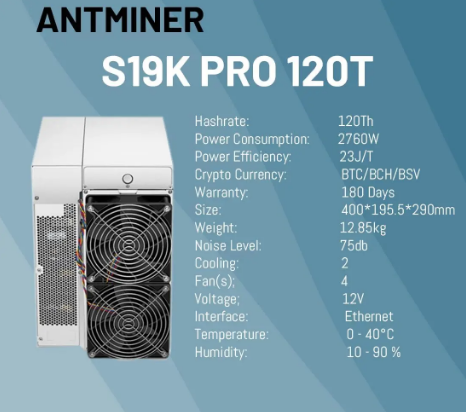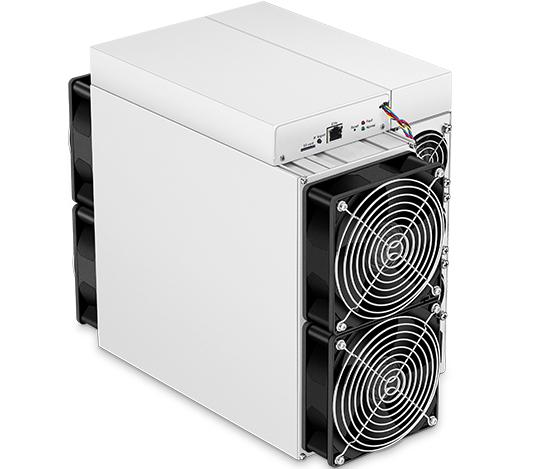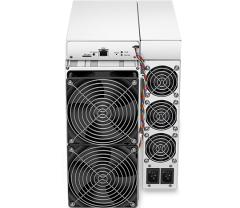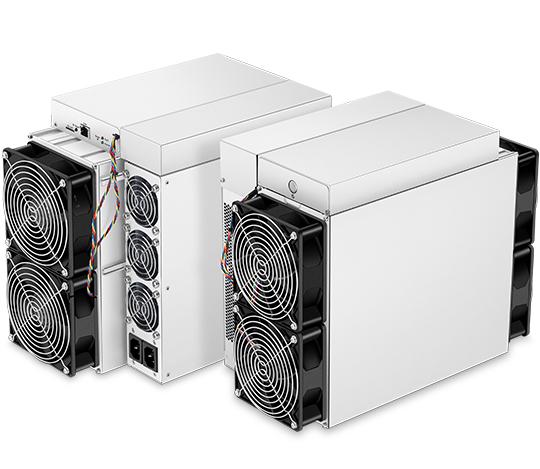How Does Bitcoin Miner S19k Pro Perform in Cold Climates?
For cryptocurrency miners, environmental conditions play a crucial role in determining efficiency, profitability, and hardware longevity. The Bitcoin Miner S19k Pro, a high-performance ASIC miner from Bitmain, is designed to operate optimally in various climates—but how does it fare in cold environments?
In this article, we’ll explore the S19k Pro’s performance in cold climates, examining its efficiency, cooling mechanisms, and operational advantages in low-temperature settings.
Understanding the S19k Pro’s Operating Conditions
Before diving into cold-weather performance, let’s briefly recap the S19k Pro’s key specifications:
- Hashrate: 120 TH/s
- Power Efficiency: 23 J/TH (±5%)
- Operating Temperature Range: 0°C to 40°C
- Humidity Tolerance: 10% to 90% (non-condensing)
Unlike some older mining rigs that struggle in extreme temperatures, the S19k Pro is engineered to perform reliably in both hot and cold conditions. However, cold climates present unique advantages—and some challenges—that miners should consider.
Advantages of Mining with the S19k Pro in Cold Climates
1. Improved Cooling Efficiency
One of the biggest challenges in Bitcoin mining is heat dissipation. High temperatures can lead to:
- Thermal throttling (reduced performance to prevent overheating)
- Increased wear and tear on components
- Higher cooling costs (additional fans or liquid cooling systems)
In cold climates, ambient temperatures naturally assist in cooling the miner. The S19k Pro’s advanced heat sink design and high-speed fans work more efficiently when external temperatures are low, reducing the risk of overheating.
Real-World Example: Miners in Canada, Iceland, and Northern Europe often report better stability and longer hardware lifespan due to naturally cold air reducing the need for supplemental cooling.
2. Lower Energy Costs for Cooling
Mining farms in warmer regions spend significant electricity on:
- Air conditioning
- Ventilation systems
- Liquid cooling solutions
In contrast, cold climates allow for passive or minimal active cooling, cutting down operational costs. The S19k Pro’s 23 J/TH efficiency already makes it one of the most power-efficient miners on the market, and cold weather further enhances this advantage.

3. Potential for Higher Overclocking Performance
Some miners experiment with overclocking to push their hardware beyond factory settings. In cold environments:

- Lower ambient temperatures help maintain stability
- Reduced thermal stress allows for safer performance boosts
While overclocking isn’t officially supported by Bitmain, miners in cold regions often report better results when tweaking settings compared to those in hot climates.
Challenges of Mining in Cold Climates (And How the S19k Pro Handles Them)
While cold weather offers benefits, it also introduces some operational considerations:
1. Condensation and Moisture Risks
Extreme cold can lead to condensation when warm air from the miner meets freezing external temperatures. Moisture buildup can damage electronics over time.
How the S19k Pro Mitigates This:
- Sealed components & corrosion-resistant materials reduce moisture damage risk.
- Proper ventilation setups (e.g., controlled airflow in mining containers) prevent condensation.
2. Power Supply Stability
Some remote cold regions experience voltage fluctuations due to harsh weather. The S19k Pro’s wide voltage range (200-240V) and robust PSU help maintain stable operation even in less-than-ideal power conditions.
3. Startup in Extreme Cold
If temperatures drop below 0°C, some miners may experience boot-up delays as components warm up. However, once running, the S19k Pro’s self-regulating thermal management ensures smooth operation.
Best Practices for Running the S19k Pro in Cold Climates
To maximize efficiency and longevity, miners in cold regions should follow these best practices:
- Use Insulated Mining Enclosures
- Prevents rapid temperature swings.
- Reduces condensation risks.
- Monitor Humidity Levels
- Keep humidity below 90% to avoid moisture damage.
- Use dehumidifiers if necessary.
- Ensure Proper Ventilation
- Avoid recirculating cold air too aggressively (can cause frost buildup).
- Balance airflow to maintain optimal operating temps.
- Pre-Warm the Miner in Extreme Cold
- If temperatures are below -10°C, let the miner idle briefly before full load.
- Regular Maintenance Checks
- Inspect for dust, ice, or moisture buildup.
- Clean fans and heat sinks periodically.
Case Study: S19k Pro in Nordic Mining Farms
Many large-scale mining operations in Sweden, Norway, and Canada leverage cold climates for cost-efficient mining.
Key Observations:

- 10-15% lower cooling costs compared to tropical regions.
- Longer hardware lifespan due to reduced thermal stress.
- Higher overall profitability from energy savings.
The S19k Pro’s durability and efficiency make it a preferred choice in these environments.
Conclusion: Is the S19k Pro Ideal for Cold Climate Mining?
Yes—the S19k Pro excels in cold environments, offering: ✔ Better cooling efficiency (reduced need for active cooling) ✔ Lower operational costs (energy savings on cooling) ✔ Stable performance (reliable operation in low temps)
However, miners must manage condensation risks and ensure proper ventilation to avoid moisture-related issues.
For those setting up mining farms in Canada, Scandinavia, or other cold regions, the S19k Pro is a top-tier choice that combines high hashrate, energy efficiency, and cold-weather resilience.
Final Recommendation
If you’re considering buying an S19k Pro for cold-climate mining, ensure you:

- Choose a well-ventilated setup
- Monitor humidity levels
- Perform regular maintenance
With the right precautions, the S19k Pro can deliver exceptional ROI in cold-weather mining operations.
Looking to purchase an S19k Pro? Check trusted suppliers like Minerfixes for reliable units, spare parts, and global shipping options. Happy mining!